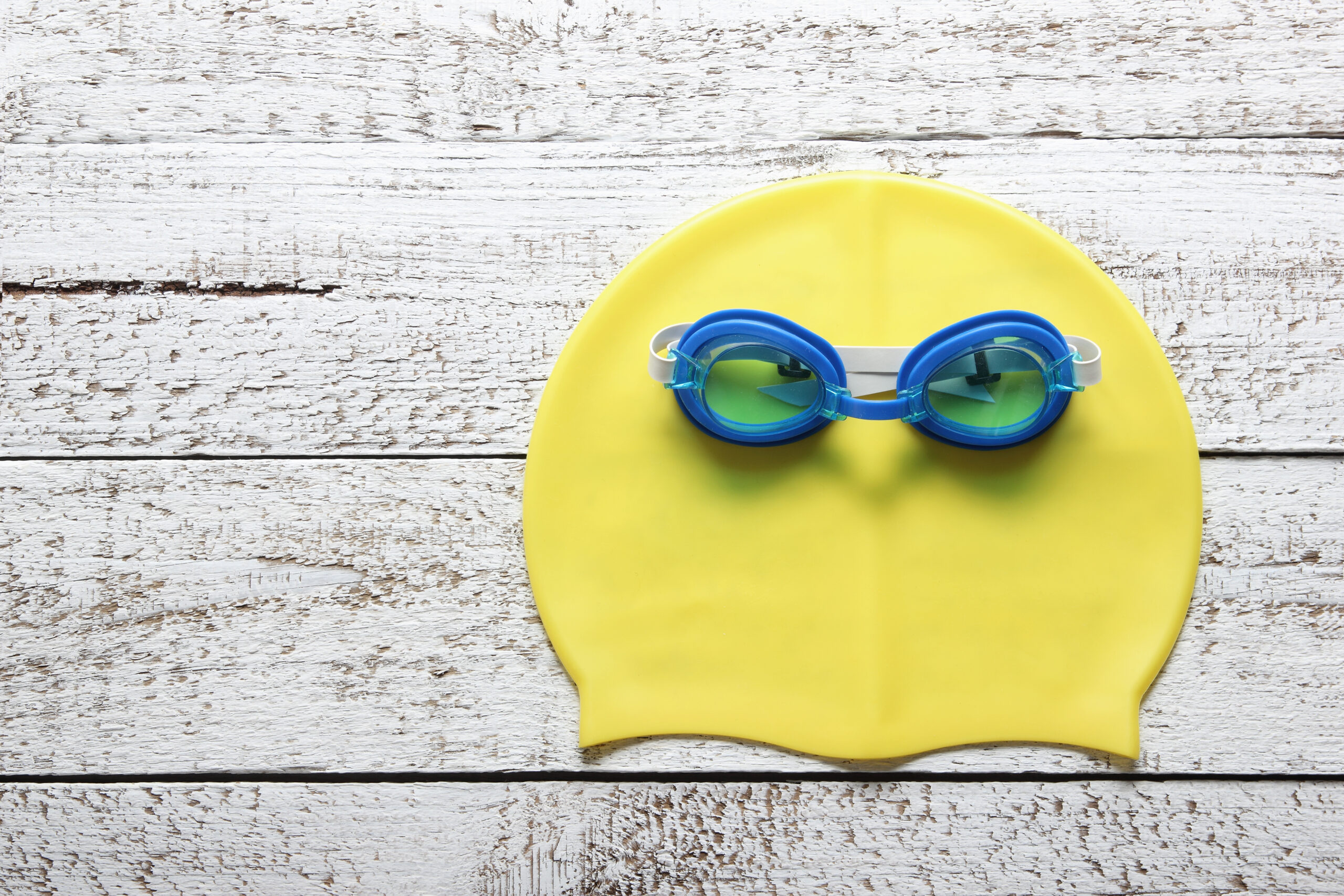
Swimming goggles have the pesky and potentially dangerous habit of instantly fogging over as soon as you dive into the pool. Anyone that’s experienced it knows that foggy swimming goggles can completely throw off your rhythm. Whether it happens during practice or in the middle of an important swim meet, you’ll likely find yourself floundering. After all, your vision will be obstructed, your turns won’t be on point, and you run the risk of injury.
The good news is that this incredibly common issue has a number of effective solutions. No matter where you are, what you have on hand, or what your budget may be, you’re sure to find a way to keep your vision reliably clear as you go about your laps.
Start With a Cool Face
Fogging occurs whenever cold and hot temperatures collide. Thus, foggy swimming goggles are essentially a reaction caused by the cold water on the outside of your goggles and the moist heat from your face. If you’ve packed up and headed out of town for a swim competition but forgot to bring along anything to prevent fogging, all you have to do is cool down your face. This can be as simple as taking a few dips below the surface of the water before you put your swimming goggles on. If the temperature of your face is similar to the temperature of the pool water, your goggles shouldn’t fog up at all.
Spittle: The Seemingly Gross But Effective Solution To Prevent Fogging
If you’re trying to get competition-ready like Daniel Needs in “Swimming for Gold” (watch on Hulu + Live TV) and everything seems to be working against you, you’re not alone. It’s easy to walk out the door with a full gym bag and still lack essentials like an anti-fogging treatment. An easy way to prevent fogging when you don’t have any special tools on hand is to coat your goggle lenses in a nice sheen of spit.
Simply moisten a soft cloth or microfiber towel and then rub it on. Although this might bring to mind the unpleasant image of spitting in (near) your own eye, it works well, and it’s absolutely free.
Toothpaste
Most strategies for preventing foggy swimming goggles use simple, topical agents to create a barrier at the lens. There are countless topical applications that swimmers have tried, but toothpaste ranks the most effective among them. All you have to do is rub a thin sheen of your normal toothpaste on both sides of your goggles. Just make sure to let it dry first.
You don’t want to use an excessively minty formula as it might cause eye irritation. You also should avoid products with micro-fine abrasives, such as activated charcoal or baking soda. Micro-fine abrasives can damage your goggle lenses and remove existing scratch-proof or fog-proof coatings. More importantly, avoid putting too much on. If moisture does collect in your goggles, you don’t want to get an eyeful of toothpaste in the middle of a lap!
Anti-Fog Sprays
Foggy goggles are the bane of both amateur and professional swimmers alike. Swim gear manufacturers have risen to the challenge by creating a diverse range of anti-fog sprays. Just like toothpaste, spit, and all other applications, these are misted onto the interior of goggle lenses. However, unlike toothpaste, anti-fog sprays don’t pose the risk of damaging existing goggle coatings, and they won’t irritate your eyes.
You can use a generous amount of an anti-fogging spray to coat the interior of your lenses. Roll your goggles around to ensure an even coating. Then, rinse the remainder of the solution off using cold water.
Baby Shampoo
Another simple, do-it-yourself method for preventing fogging is to coat your goggle lenses in a very small amount of baby shampoo. Unlike adult shampoos, baby shampoos are formulated to be tear-free or non-irritating to the eyes. You can rub a drop or two of baby shampoo into your lenses and then let it dry before entering the pool.
How to Ensure That Your Anti-Fogging Treatment Works
The condensation that forms at the interior of goggles is essentially looking for something to adhere to. These water droplets roll around until they come in contact with skin oils or specks of dirt. So, the best way to make sure your anti-fogging treatments actually work is by starting with a clean, dirt-free, and oil-free surface.
Try cleaning your goggles with a mild mixture of water and white vinegar. When the lenses are streak-free and completely dry, you can successfully use the topical agent of your choice.
Most goggle manufacturers design their products with a reliable amount of fog resistance. Thus, the goggles you own likely have an anti-fog coating in place already. When using a secondary measure, avoid topical products with micro-fine abrasives and rough rags/ towels that might undermine the integrity of existing coatings.

